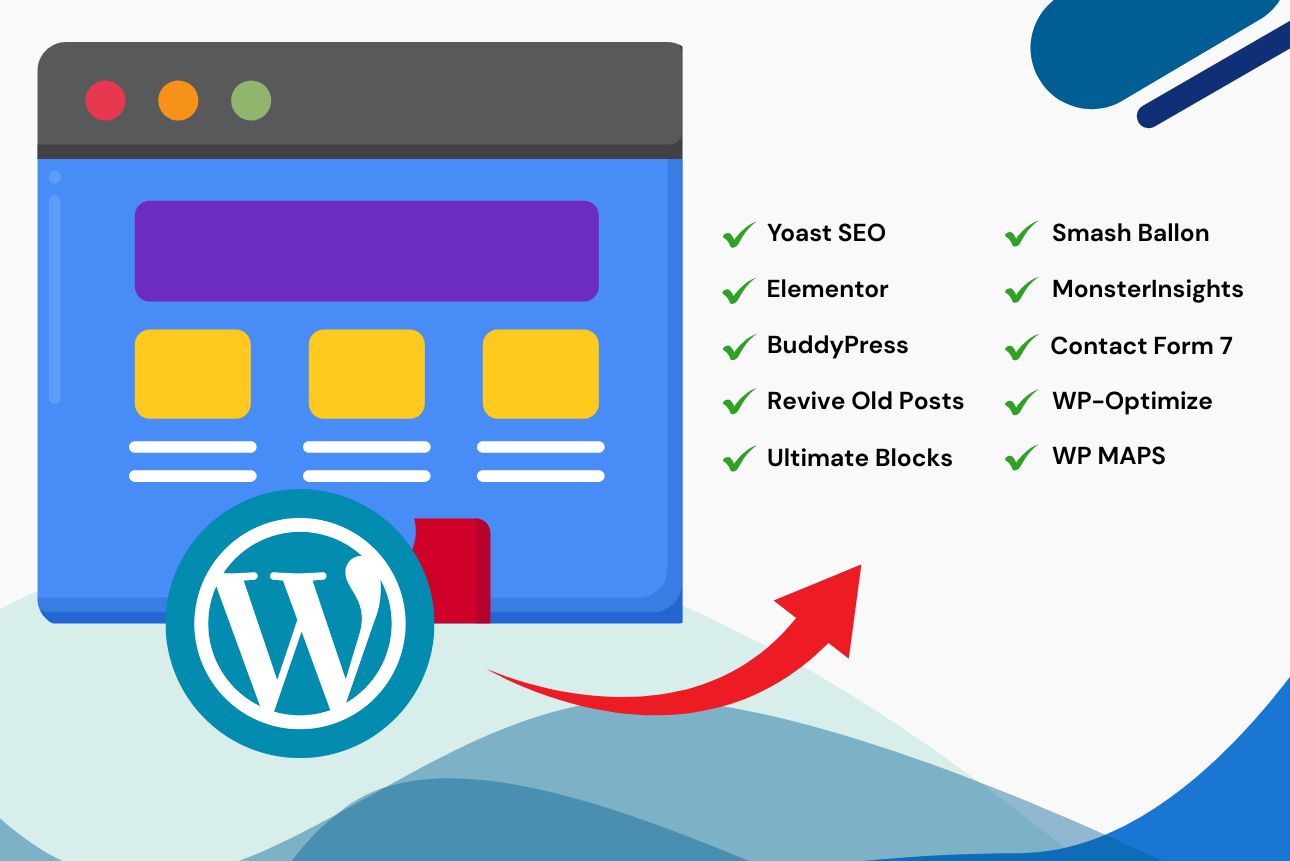This website uses cookies so that we can provide you with the best user experience possible. Cookie information is stored in your browser and performs functions such as recognising you when you return to our website and helping our team to understand which sections of the website you find most interesting and useful.
Hey there! If you’re working with WordPress hooks, you’re in the right place. Let’s dive into the customize_sanitize_js_this-id filter. This hook is quite useful when you need to sanitize JavaScript settings.
First, to use the customize_sanitize_js_this-id filter, you need to register it using add_filter. You can place this code in the functions.php file of your activated theme or in a custom WordPress Plugin. Personally, I prefer creating a custom WordPress Plugin to avoid any issues during theme updates.
Check out the live examples below where I’ve defined a function called weplugins_modify_customize_sanitize_js_this-id_defaults. This function takes two parameters and is registered using add_filter. The parameters are the hook name, the function name, the priority, and the number of arguments. Sometimes, you might need to remove a registered hook, and for that, you can use remove_filter.
Parameters
- $value : (mixed) The setting value.
- $setting : (WP_Customize_Setting) WP_Customize_Setting instance.
Here are the 2 parameters required to use this hook:
Live Example 1: Basic Usage
This example shows how to use the customize_sanitize_js_this-id filter.
function weplugins_modify_customize_sanitize_js_this-id_defaults($value, $setting) {
// Update the $value variable according to your website requirements and return this variable.
return $value;
}
// add the filter
add_filter( "customize_sanitize_js_this-id", "weplugins_modify_customize_sanitize_js_this-id_defaults", 10, 2 );
Live Example 2: Conditional Modification
Here’s how you can conditionally modify the $value variable.
function weplugins_modify_customize_sanitize_js_this-id_defaults($value, $setting) {
// Conditionally modify the $value variable
if ($setting->id == 'specific_setting') {
$value = 'new_value';
}
return $value;
}
// add the filter
add_filter( "customize_sanitize_js_this-id", "weplugins_modify_customize_sanitize_js_this-id_defaults", 10, 2 );
Live Example 3: Removing the Hook
To remove a hook callback, use the example below.
// remove the filter
remove_filter( "customize_sanitize_js_this-id", "weplugins_modify_customize_sanitize_js_this-id_defaults", 10, 2 );
Please make sure to provide the same callback function name, priority, and number of arguments while removing the hook callback.
Contact Us
If you need any customizations or run into issues, feel free to contact us. We are always here to help!
Explore the latest in WordPress
Trying to stay on top of it all? Get the best tools, resources and inspiration sent to your inbox every Wednesday.




